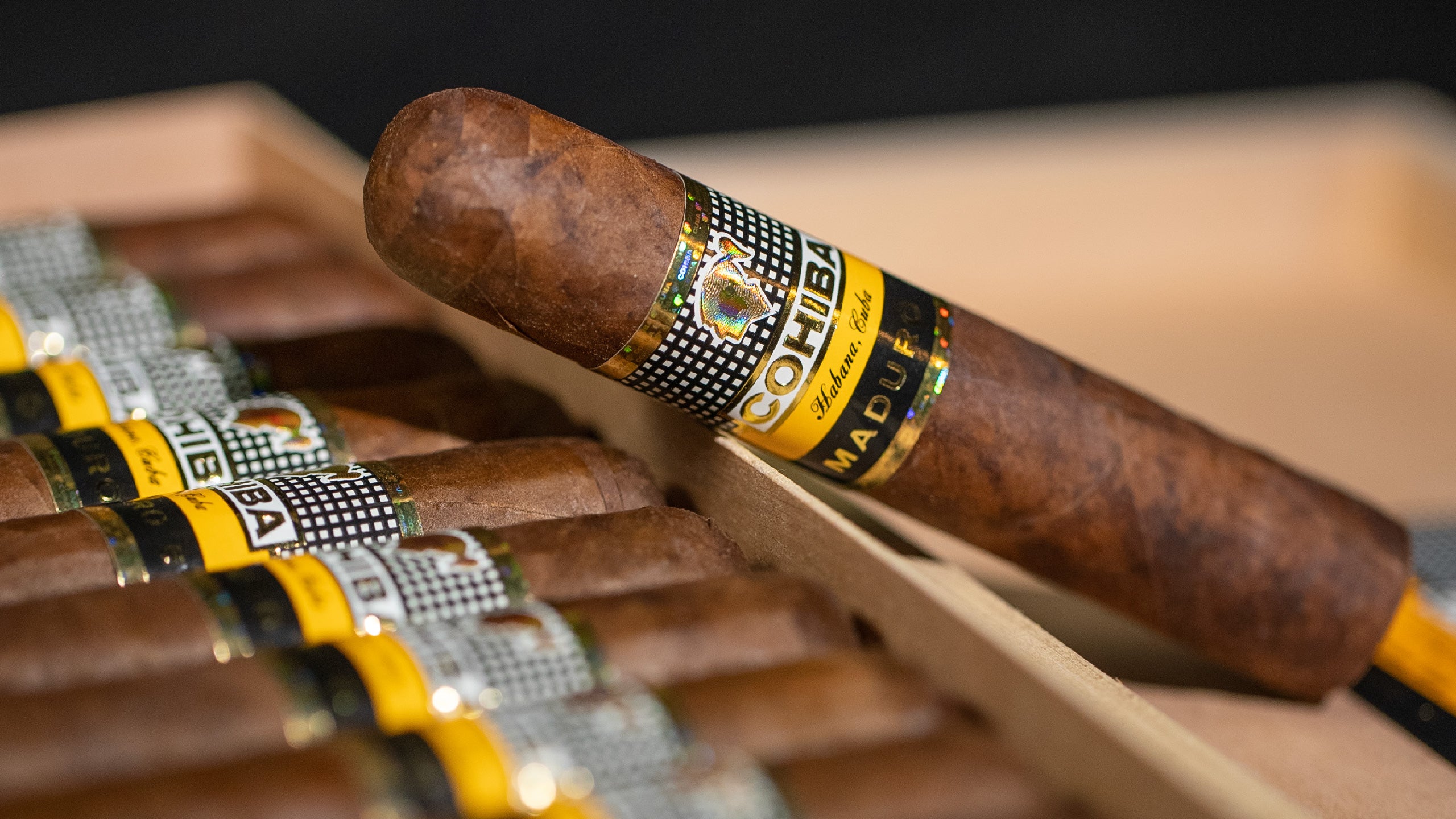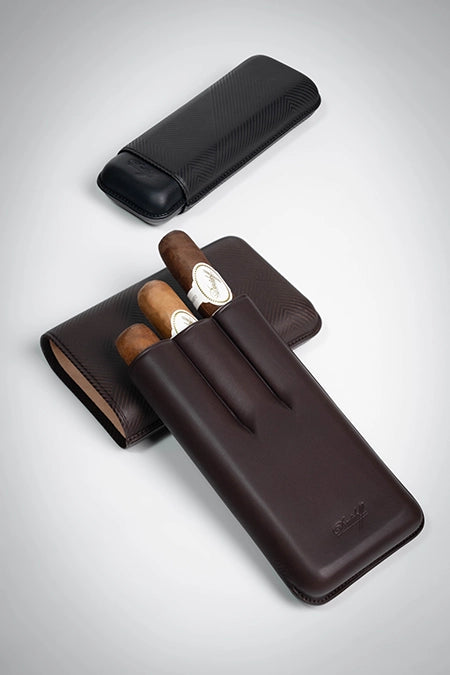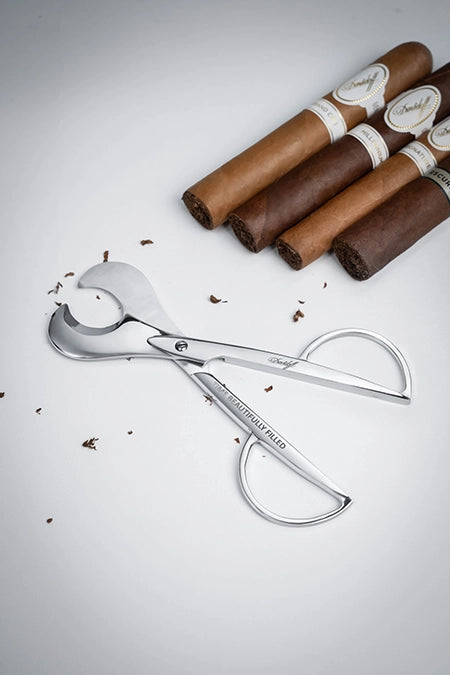
You might have seen it in the movies, or in TV shows, or on the cover of a gangster novel. The big boss – be he a mafia don, drug lord, or your plain, run-of-the-mill CEO – is sporting a large cigar, and is smoking it unaffectedly. He seems to like it, that tight, large wad of smoke and leaves. But what makes cigars so prized, and why is it often associated with wealth and business?
Very simply, a cigar is a rolled-up heap of dried, fermented tobacco. One end is lit with fire, and the other is the opening by which smoke can enter a user’s mouth. Cigar tobacco is special: its flavour is reputedly richer and deeper than the tobacco used for ordinary cigarettes. Such tobacco is grown in tropical countries, with Brazil, Cuba, Honduras, and Mexico leading the pack. Cuban cigars, in particular, are considered to be the best varieties, although experts contend that Nicaraguan and Honduran cigars easily rival the mighty Cuban.
Cigars were once extremely expensive, and were usually confined to banquets, where “smokers” were held. These were gatherings where important politicians convened to discuss important issues while they smoked. When the U.S. imposed a trade embargo on Cuba in the 20th century, the price of cigars rose much higher, and the use of them was confined to those who could afford them.
In mid 2005, however, cigar prices declined, allowing many smokers (and smoking beginners) to taste and enjoy cigar smoking. But what is there to enjoy in cigars? According to aficionados, cigars have less of the smoky taste of cigarettes, and can even take on the taste of whisky, chocolate, or even wine!
How are cigars made? Choice tobacco leaves are first harvested, then aged by a combination of heat and shade. This serves to lower the leaves’ water and sugar content, without causing leaves to rot. Once the dried leaves are ready, they are made to “die with grace” by a slow process of fermentation. During this time, humidity levels and temperature are controlled, such that the lea will ferment without disintegrating or rotting. In this critical period are ushered out of the leaves the flavours and aroma that characterise the cigar into which it will eventually be made.
When fermentation is done, leaves are sorted out depending on whether they will be used as filler for the cigar, or as wrapper. Leaves must be kept moist, and should be handled very carefully. As soon as they are sorted, a cigar maker will roll them into any of the various cigar shapes, carefully, and by hand.
The flavour of a cigar depends on the leaves used for its wrapper and filler. Wrapper leaves usually come from the widest part of a tobacco plant. Their colour can range from the very light, mildly greenish brown shade called the Double Claro; to the oily, black Oscuro grown in Nicaragua, Mexico, Cuba, or Brazil. The colour of a wrapper also describes the colour of a cigar.
Most of a cigar is made up of fillers, or the interior, where smoking tobacco leaves are bundled together by elastic leaves called binders. Some cigar makers mix up a variety of leaves of various tastes and strengths, in order to produce different flavours of cigar.
To keep their flavour, cigars should be stored at room temperature, but at relatively high humidity. A humidor, or a special wooden box, usually comes with cigars when they are purchased.
Cigars still retain their mystique, whether they are seen on the silver screen, or read about in books.
Till next time, Cigars are a Lifestyle!





























